10 Easy Steps to Dominate Social Media
Getting started with social media can feel overwhelming for small businesses. But you don’t need to rack up millions of followers or have a slick brand campaign to make effective use of these budget-friendly tools. Social media is one of the best ways to connect with fans and potential customers. If you don’t have a presence on the main networks, you’re missing out on an audience that’s ready and willing to connect with your brand. So, how do you dominate social media and get an edge on your competitors?
Using social media for small business doesn’t have to be scary or expensive. Using these 10 simple social media marketing tips, businesses of any size can reach new markets, build awareness, and drive sales.
1. Start With a Plan
Yeah, we know. Another plan. Every good business strategy starts with a good plan. Social media marketing for small business is no different. Since it’s so easy to use and you can get started with organic posts for free, it might be tempting to dive in and just start posting.
But without a plan, you have no way of knowing what you’re trying to achieve with your social media posts, and no way to measure whether you get there. Taking the time to create a social media plan right upfront will ensure that all your social efforts support specific business goals.
First, you’ll want to create goals that follow the SMART framework—these goals should be Specific, Measurable, Attainable, Relevant, and Timely. Then you can research competition. A competitive analysis can give you insight into what’s working and what’s not for other businesses similar to yours. What are your unique qualities that separates you from your competitors? While you’re exploring your competition, look for inspiration across industries. Most social media strategies will work anywhere. Next, if you’re already using social media, now’s the time to take a step back and evaluate what you’ve done so far. What is working? Why isn’t something working? How can your current content get more interaction? Then finally, create a social media calendar. Tons of examples on Pinterest! It should include a plan for your content mix. Try starting with the 80-20 rule: Use 80 percent of your content to inform, educate, or entertain your audience and 20 percent to promote your brand or sell your products.
But hey, if you don’t want to make the effort in laying out a plan, let us do it for you.
2. Decide Which Platforms
Don’t make assumptions about where your audience spends their time online. Your instinct might tell you that you should skip Facebook and focus on Instagram and Snapchat if you’re targeting millennials, but the data shows that 82 percent of millennials still use Facebook.
Keep in mind that you can use different social channels to reach different audiences, or to meet different business goals. And remember that these demographics are just an overview. It’s important to understand how to reach your specific audience. In order to figure that out, you’ll need to make sure that you really…
3. Know Your Audience
Using social media for small business let you micro-target your audience—but first you need to understand who your audience is. By compiling data on your current customers and then digging deeper with social media analytics, you can develop a solid picture of who’s buying from you and who’s already interacting with you online. Then you can revisit your social media plan to include ways to reach more people just like them.
Leverage social media ad tools like Facebook lookalike audience to reach people who shared the same characteristics as your existing, dedicated customers.
4. Build Relationships
The unique benefit of social media compared to other marketing channels is that it allows you to talk directly to customers and followers. You can build relationships over time, rather than asking for a sale right up front.
When people engage with your organic content or ads, you can jump in and reply, helping to build trust and form the early stages of a rewarding customer relationship.
Using social channels, you can also build connections and relationships with other entrepreneurs and influencers in your niche. Consider expanding your LinkedIn presence or follow small businesses that compliment your product or service on Instagram and stay engaged (comment and like on their posts).
5. Share Compelling Visuals
People have come to expect social posts to include a visual component. Twitter’s internal data, for example, shows that people are three times more likely to engage with Tweets that have visual elements like a video, photo, infographic, or GIF. Instagram, Pinterest, and Snapchat, in particular, are visual-first networks. If your content doesn’t look good, you won’t interrupt the scroll.
Even if you’re not selling something beautiful, it’s important to use great imagery in your posts to increase engagement. For service businesses in particular, this can be a bit of a challenge. But every business can tell its story through photos and videos.
Another option is to use stock photos. There are plenty of free, high-quality photos online that you can legitimately use in your social posts. Here’s a great roundup of free stock photography sites. Just make sure you stick to using appropriately licensed stock photography (like you’ll find on the sites in our list), since using random images you find in a Google Image search is definitely not okay.
If it’s GIFs you’re looking for, check out Giphy.
6. Focus on Quality Over Quantity
The sheer number of social media marketing channels for small business might seem overwhelming. But remember, you don’t need to do it all. It’s much more important to create quality content on a couple of key channels. There you can really connect with your audience and not stretch yourself too thin. You can’t do it all, and there’s no reason to try. Reach out to your audience in the places where they’re already spending time online. Focus on using one or two social channels really well, at least to start. Once you’ve got those mastered, you can consider building from what you’ve learned and expand your efforts.
Above all, be sure that your social posts offer value. If all you do is pitch and sell, there’s very little motivation for people to follow you. Remember, social marketing is all about building relationships. Be human. Be honest. Provide great content. This is important, and you cannot fake it.
7. Use the Right Tools
The secret to effective social media use is to take advantage of tools that automate or simplify much of the work. There are loads of tools to help boost your productivity. This way, you can make great use of social media marketing for your small business without having a full-scale social media team. Some options out there will help with…
- Engagement management. Social media is not a broadcasting system. You must stay engaged with your followers. Social media management tools like Hootsuite can help you centralize all mentions and messages directed at your company in one dashboard so you can respond and engage without having to log into each of your individual social media accounts.
- Analytics. We linked to information about analytics for all of the social networks above, but getting all of that information in one place can help you get a better picture of your social efforts overall. Brandwatch allows you to create in-depth reports.
- Graphics. If you’re having trouble creating eye-catching images and don’t have a graphic designer on staff, turn to tools that will help get the job done. For instance, Canva is one of our favorites.
- Content curation. It can be a struggle for small businesses to come up with new content to share every day. Content curation—the art of sharing quality posts from others (with credit, of course) can be a great way to provide value for your followers and keep them engaged. BuzzSumo can help you find and organize content to share.
8. Monitor and Respond
We’ve already talked about the importance of responding to people who post comments, questions, or reviews on your social properties. But there’s more to social engagement than that.
You need to be aware of the conversations that are happening about your business elsewhere online and respond where appropriate. This is known as social listening. It’s important to keep an ear to how people are talking about you online. For instance, if someone mentions you in a tweet raving their experience, encourage that type of discussion by retweeting and thanking them for stopping by.
9. Schedule Your Content
We talked about creating a social content calendar way back at the beginning of this post. Once you have that calendar in place, you can create your social posts in advance and use scheduling tools to post them automatically at the right time.
This allows you to dedicate one block of time per week to creating your social content, rather than having it become an activity that takes you away from other tasks throughout the day. But beware of scheduling things too far in advance. You want to be able to make shifts to stay relevant to trends, viral activity, and current events.
10. Track and Refine to Dominate Social Media
As you implement your social strategy, it’s important to keep track of what works and what doesn’t so you can fine-tune your efforts and improve your results.
No matter how small your business, social tools can help you better connect with your audience, reach new potential customers, and increase awareness of your brand. If the possibilities seem overwhelming, start small. Remember: YOU DON’T HAVE TO DO IT ALL. Take a focused approach—start small with one or two key networks and build your social media marketing efforts over time.

